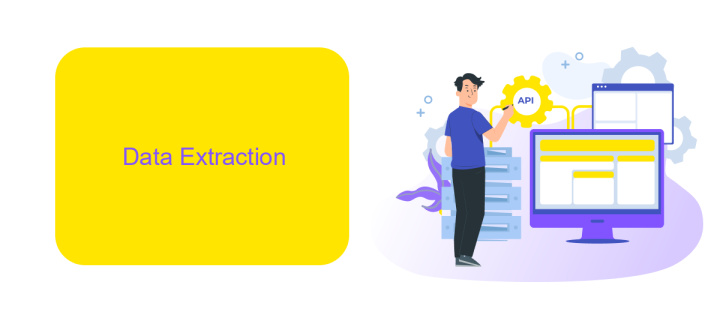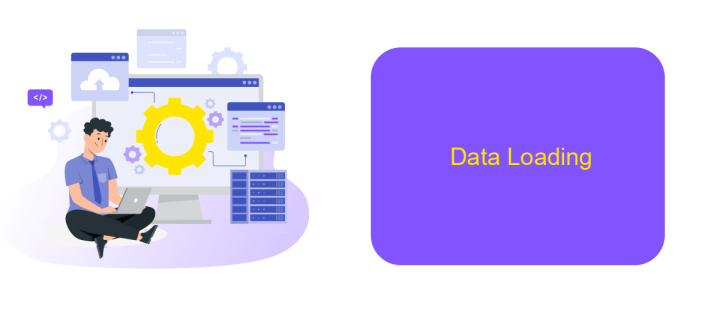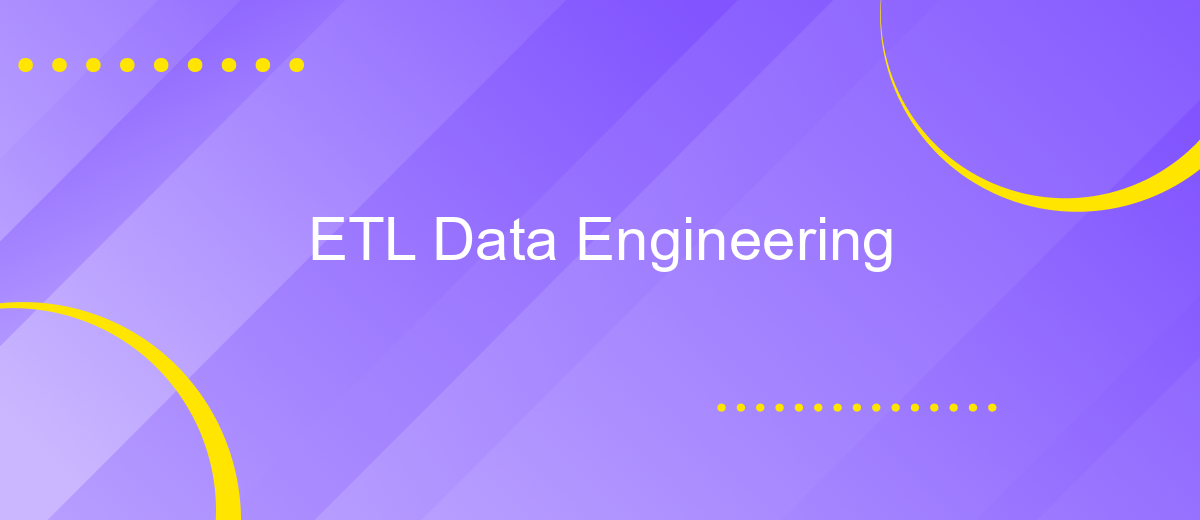ETL Data Engineering
ETL (Extract, Transform, Load) data engineering is a critical process in modern data management, enabling organizations to efficiently extract data from various sources, transform it into meaningful formats, and load it into data warehouses or databases. This process ensures data integrity, enhances accessibility, and supports informed decision-making, making it indispensable for businesses striving to leverage data-driven insights.
ETL Process Overview
The ETL (Extract, Transform, Load) process is a fundamental aspect of data engineering, enabling the seamless integration and management of data from various sources. This process involves three key stages: extracting data from different sources, transforming it into a suitable format, and loading it into a target data warehouse or database.
- Extract: Data is collected from multiple sources such as databases, APIs, and flat files.
- Transform: The extracted data is cleaned, validated, and converted into a format suitable for analysis.
- Load: The transformed data is then loaded into a target system for storage and further analysis.
Effective ETL processes require robust tools and services to handle data integration efficiently. ApiX-Drive is a service that simplifies the integration process by automating data transfers between various applications and systems. This ensures that data is consistently accurate and up-to-date, facilitating better decision-making and streamlined workflows.
Data Extraction

Data extraction is the first step in the ETL (Extract, Transform, Load) process, where raw data is collected from various sources for further processing. This phase is crucial as it sets the foundation for the subsequent steps. Data can be extracted from multiple sources such as databases, APIs, flat files, and web services. The goal is to gather all relevant data in its raw form without any modifications, ensuring that no critical information is lost during the extraction process.
To streamline the data extraction process, various tools and services can be utilized. For instance, ApiX-Drive offers seamless integration solutions that allow for automated data extraction from numerous platforms and APIs. By leveraging such services, organizations can significantly reduce the time and effort required to collect data, ensuring accuracy and consistency. ApiX-Drive's user-friendly interface and robust functionality make it an excellent choice for businesses looking to optimize their data extraction workflows.
Data Transformation

Data transformation is a crucial phase in the ETL process, where raw data is converted into a suitable format for analysis. This involves cleaning, aggregating, and enriching the data to ensure its accuracy and consistency. Effective transformation ensures that the data is ready for insightful analysis and decision-making.
- Data Cleaning: Remove duplicates, handle missing values, and correct errors.
- Data Aggregation: Summarize data to provide a comprehensive view.
- Data Enrichment: Enhance data quality by integrating external sources.
Using tools like ApiX-Drive can simplify the integration process during data transformation. ApiX-Drive allows seamless connections between various data sources and destinations, automating the data flow and ensuring timely updates. This not only saves time but also reduces the risk of human error, making the transformation process more efficient and reliable.
Data Loading

Data loading is a crucial step in the ETL process, where transformed data is moved from a staging area to a target data warehouse or database. This step ensures that data is available for analysis, reporting, and further processing. Efficient data loading techniques are essential to handle large volumes of data and maintain data integrity.
There are multiple strategies for data loading, including full load and incremental load. A full load involves loading all data from the source to the target, while an incremental load only loads new or updated data since the last load. Choosing the right strategy depends on the specific requirements and constraints of the project.
- Full Load: Suitable for initial data loads or when data changes are minimal.
- Incremental Load: Ideal for ongoing data integration, minimizing load times and resource usage.
- Batch Processing: Loads data in batches, useful for large datasets.
- Real-Time Processing: Ensures immediate data availability, critical for time-sensitive applications.
Tools like ApiX-Drive can simplify the data loading process by providing seamless integration between various data sources and target systems. ApiX-Drive supports automated data transfers, reducing manual efforts and ensuring data consistency. By leveraging such tools, organizations can streamline their ETL workflows and focus on deriving valuable insights from their data.
- Automate the work of an online store or landing
- Empower through integration
- Don't spend money on programmers and integrators
- Save time by automating routine tasks
ETL Tools and Technologies
ETL tools and technologies play a crucial role in the data engineering landscape, enabling the extraction, transformation, and loading of data from various sources into a centralized repository. These tools help streamline data workflows, ensure data quality, and provide scalability for handling large volumes of data. Popular ETL tools include Apache NiFi, Talend, and Microsoft SQL Server Integration Services (SSIS), each offering unique features tailored to different data integration needs.
In addition to traditional ETL tools, modern data integration services like ApiX-Drive are gaining traction. ApiX-Drive simplifies the integration process by providing a user-friendly interface for connecting various applications and automating data workflows without requiring extensive coding skills. This service is particularly useful for businesses looking to quickly set up integrations and ensure seamless data flow between disparate systems. By leveraging such technologies, organizations can enhance their data engineering capabilities and make more informed decisions based on accurate and timely data.
FAQ
What is ETL in data engineering?
Why is ETL important in data engineering?
What are the common challenges faced during ETL processes?
How can ETL processes be automated?
What skills are essential for an ETL data engineer?
Apix-Drive is a universal tool that will quickly streamline any workflow, freeing you from routine and possible financial losses. Try ApiX-Drive in action and see how useful it is for you personally. In the meantime, when you are setting up connections between systems, think about where you are investing your free time, because now you will have much more of it.


